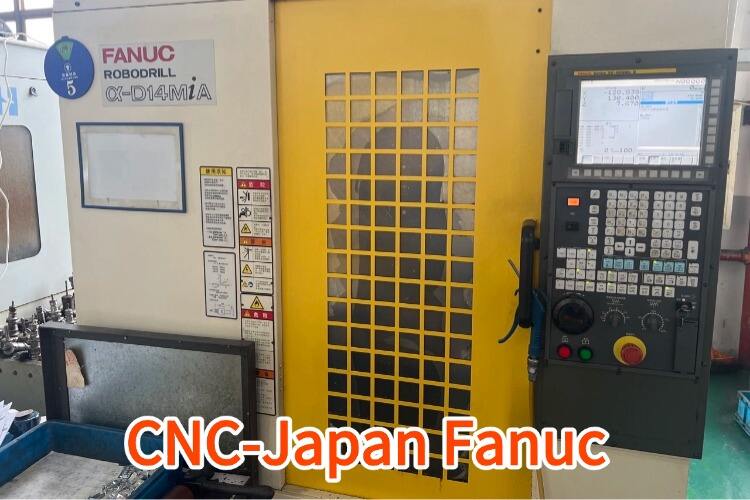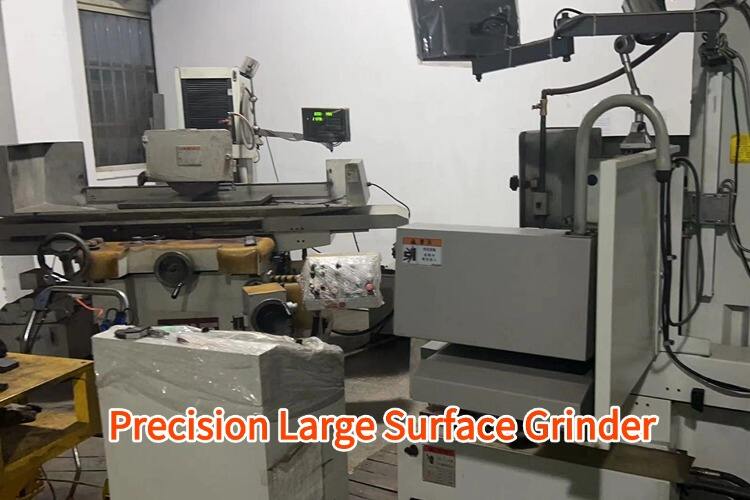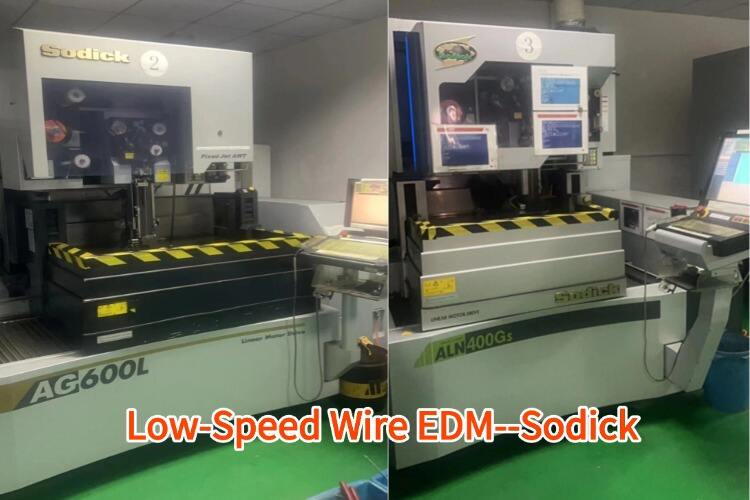precision metal stamping parts automotive components
Precision metal stamping parts for automotive components represent a crucial advancement in modern vehicle manufacturing, combining superior engineering with cost-effective production methods. These components are manufactured through a sophisticated process that involves cutting and forming metal sheets into specific shapes using specialized dies and high-precision tools. The process ensures exceptional accuracy, repeatability, and consistency in producing various automotive parts, including brackets, clips, springs, and structural components. These parts are essential in everything from engine assemblies to body panels and electrical systems. The technology employs advanced progressive dies that can perform multiple operations in a single press stroke, significantly improving production efficiency. Modern precision stamping incorporates computer-aided design (CAD) and computer-aided manufacturing (CAM) systems to achieve tolerances as tight as ±0.025mm. The process is particularly valuable in producing high-volume components while maintaining consistent quality and dimensional accuracy. These parts are typically manufactured using various materials, including steel, aluminum, and copper alloys, each selected for specific performance requirements such as strength, conductivity, or corrosion resistance. The versatility of precision stamping allows for the creation of complex geometries and features that would be difficult or impossible to achieve through other manufacturing methods.


